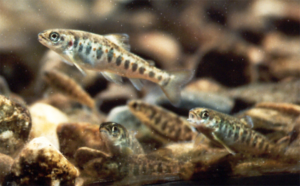
Effect of juvenile Atlantic salmon diets with different levels of PUFAs
Study investigates blood and muscle changes in young Atlantic salmon when fed diets containing different amounts of polyunsaturated fatty acids, or PUFAs.
Developing a whole bacterial cell, autogenous, oil-based vaccine to protect tilapia against infections of the pathogenic bacterium Lactococcus garvieae.

Study investigates blood and muscle changes in young Atlantic salmon when fed diets containing different amounts of polyunsaturated fatty acids, or PUFAs.
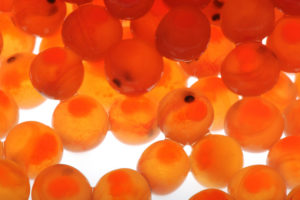
Year-long ban on salmon ova exports is being lifted slowly, as different production zones satisfy Norwegian authorities of their ISA-free status.
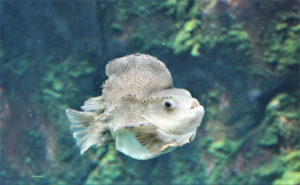
This study investigated the effect of various RAS water treatment designs on water and biofilm microbiota, survival, growth and gill health of lumpfish.
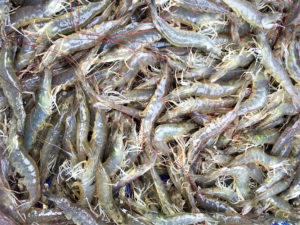
Study assessed shrimp juveniles fed enriched probiotic formulations, improving our understanding of the composition and dynamics of intestinal microbiota.
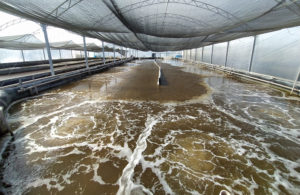
Study evaluates compensatory growth in shrimp at different temperatures and under feed restrictions in efforts to reduce costs and improve water quality.
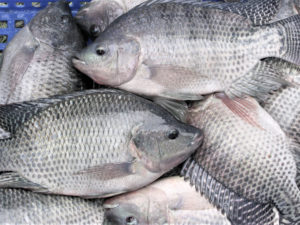
Study estimates genetic parameters for host resistance to Tilapia Lake Virus in a Nile tilapia and finds TiLV resistance is highly heritable.
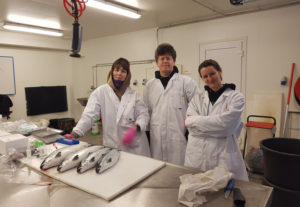
Polish pathogen diagnostics group will soon launch a test system that can identify the costly pancreatic disease (and six others) in just 10 minutes.
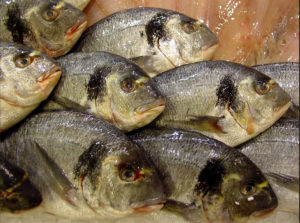
Study evaluates effects of holding temperature and low fish oil diets with dietary genistein on several production parameters for gilthead sea bream.
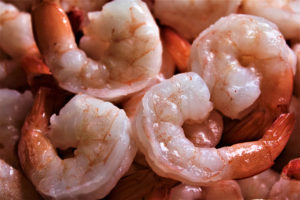
Exported cooked shrimp infected with White Spot Syndrome Virus (WSSV) and tested positive by PCR is considered a risk factor for the introduction of the pathogen.

A real-time RPA method has been developed for the detection of Vibrio parahaemolyticus with high sensitivity and specificity.

Study evaluates stocking densities for overwintering Chinese mitten crabs, an important aquacultured species in China, to extend the production season.

Biotech company Pebble Labs is harnessing bacteria to block the transmission of virulent shrimp diseases in a process known as RNA interference, or RNAi.

A selective breeding program for giant freshwater prawns in China provides valuable information for the breeding of the species.

A review of the application of probiotics in shellfish aquaculture, methods of administration, mode of actions and their enhancing effects.

Study evaluates the experimental transmission of Tilapia Lake Virus (TiLV) from tilapia broodstock to their reproductive organs and fertilized eggs.